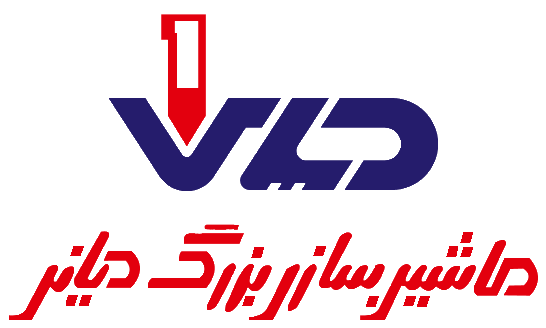Metal Bending
Table of Contents
- What is Metal Bending?
- Types of Metal Bending Methods
- V-Bending
- Air Bending
- Coining Bending
- U-Bending
- Roll Bending
- Wipe Bending
- Rotary Bending
- V-Bending
- Summary and Conclusion
What is Metal Bending?
Metal bending is a process that shapes metal products without cutting or welding. The ability to bend metal is directly related to its carbon content, meaning that as the carbon percentage increases, the bendability decreases. This process is essential in industries like automotive manufacturing, where bending is a critical step.
Bending involves applying force via a machine or device to a metal sheet, bending it at a predetermined angle and shape, usually “U” or “V” molds. The advantage of using powerful, efficient equipment is the ability to bend small sections with ease, producing a wide variety of contemporary products.
Types of Metal Bending Methods
V-Bending
This is the most common bending method used for metal sheets across most projects. In this method, a punch and a “V” die are used to bend metal sheets at desired angles. During the bending process, the punch presses the metal onto the “V” die, creating a bend that depends on the punch pressure point. This is a simple and effective method, allowing steel sheets to be bent without repositioning.
V-Bending is often used for low-volume production using a press brake. By changing the machine’s tools, “U” and “Z” bends can also be achieved.
V-Bending can be categorized into two methods:
- Air Bending
- Coining Bending
Air Bending techniques are further divided:
- Bottoming Bending
- Partial Bending
Below are the characteristics of each technique.
Bottoming Bending
This is one of the most popular bending techniques, where the work surface and the die surface make contact after bending, creating a smooth, corner-free shape. It offers high precision in lower tonnage.
Partial Bending
In partial bending, the workpiece and die surface do not fully contact each other after bending, resulting in an incomplete bend.
Coining Bending
Coining is a precise bending method widely used for producing distinct sheets, with no spring-back effect. A small radius impact is applied, creating a depression that helps differentiate the sheet.
Choosing a “V” Die for Bending
The “V” opening is selected based on the workpiece thickness (t), bending tonnage, inner radius (iR), and minimum flange length. While thickness “t” determines the die width (as shown in the table below), two essential factors should also be considered: whether the minimum flange length meets the “V” width, as iR equals approximately iR = v/6 after selecting “V” width, setting a fixed flange length.
| V Width | Thickness (mm) | Bottoming Bending | Partial Bending | Coining Bending |
|---|---|---|---|---|
| >12 | 12t | 10t | 8t | 5t |
U-Bending
Similar in principles to V-Bending, U-Bending uses the same punch and die tools, but the die is “U”-shaped. It’s highly popular across various industries for its versatility.
Roll Bending
Roll bending shapes metal sheets into rolls or curves using a hydraulic press, a press brake, and three sets of rollers for different bends or a large round bend. This is useful for making cones, tubes, and hollow shapes by using roller gaps to create bends.
Wipe Bending
This technique bends metal sheet edges using four components: die, blank holder, punch, and workpiece. The sheet is fixed between the die and blank holder, while the punch applies force to bend the sheet edge. However, angles beyond 90 degrees are not achievable with this method.
Rotary Bending
Compared to other bending methods, rotary bending doesn’t scratch or damage metal surfaces and allows for sharp corners. The punch side remains fixed on the sheet (Figure 1), while the movable part rotates (Figure 2-3), converting vertical pressing into rotational motion.
Summary and Conclusion
This article has introduced and reviewed metal bending and common bending methods. Bending is generally performed using press brakes, with popular methods including V-Bending, U-Bending, Roll Bending, Wipe Bending, and Rotary Bending.
Each bending method has unique features, advantages, and drawbacks, suited to different needs, precision levels, and work dimensions. For instance, V-Bending is commonly used for low-volume production on press brakes, while rotary bending offers scratch-free bends with the ability to create sharp corners, making it advantageous over other methods. Therefore, selecting a bending type and machine should align with operational goals.
For information on metal cutting and guillotine shears, click here.
